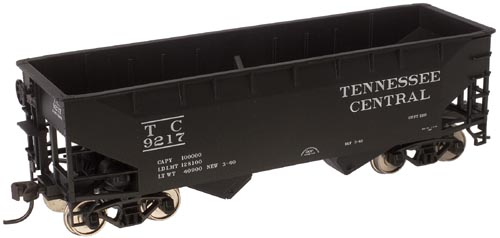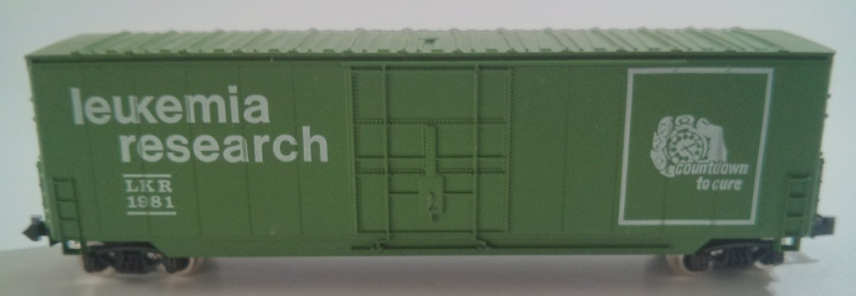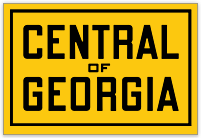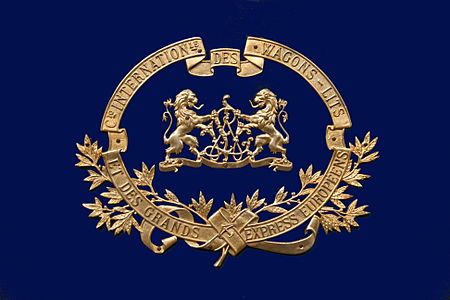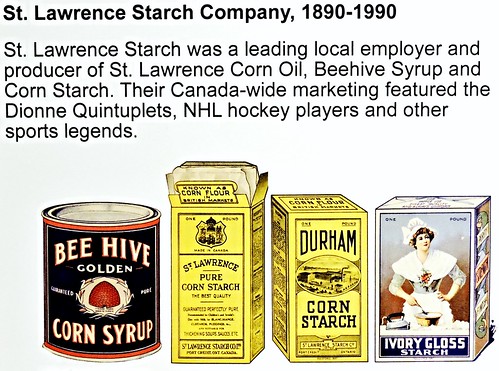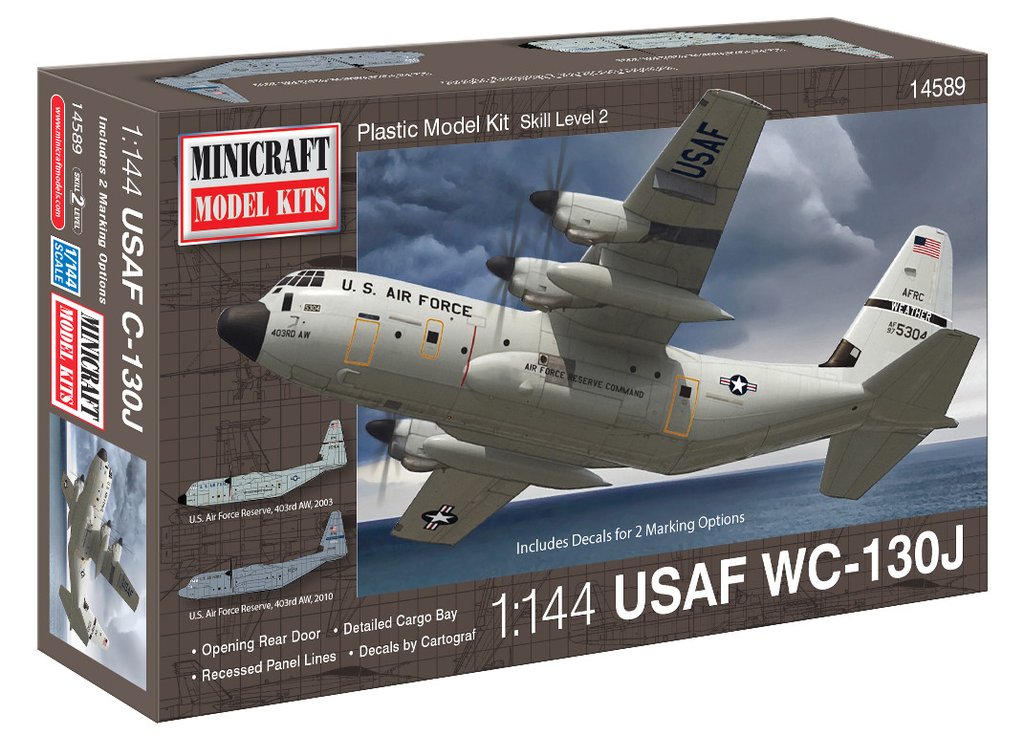Prototype Information: The late 1920s saw the introduction of the AAR standard “offset-side” 50- and 70-ton hoppers. The design went through several variations in the late 1920s and early 1930s before settling on two versions of the 50-ton car and one 3-bay, 70-ton car in 1935. Most roads went for the AAR standard designs, but the N&W, VGN, and Pennsy were notable holdouts. World War II brought the famous “war emergency” hoppers (only the N&W and MP bought the 70-ton version) and several composite versions of existing designs. After the war, AC&F found some brief success with a welded outside-stake hopper design, but the weld joints broke under the stress of loading and unloading rather than flexing like riveted joints. The offset-side design also had problems: the inside stakes were more prone to corrosion, and they suffered worse from loading and unloading stress than outside-staked hoppers. The design waned in the 1950s and was all but abandoned for new cars by 1960. Some roads (notably the C&O, the B&O, and the L&N) made the best of a bad situation by rebuilding their offset-side cars with all new outside-staked sides in the late 1950s and early 1960s.
Road/Company Information: The Tennessee Central Railway was founded in 1884 as the Nashville and Knoxville Railroad by Alexander S. Crawford. It was an attempt to open up a rail route from the coal and minerals of East Tennessee to the markets of the midstate, a service which many businessmen felt was not being adequately provided by the existing railroad companies. They also wanted to ship coal and iron ore to the Northeastern US over the Cincinnati Southern Railway, which was leased to the Southern and operated as the Cincinnati, New Orleans and Texas Pacific Railway [CNOTP], through their Cincinnati gateway. The N&K was only completed between Lebanon, where it connected to a Nashville, Chattanooga and St. Louis Railway branch from Nashville, and Standing Stone (now Monterey).
Wartime traffic in the early 1940s brightened the financial picture, but after that hard times returned. Despite losses in 1946, a group of investors led by J. L. Armstrong bought out the Davis group. The last of the steam engines were pulled from service in 1952 due to the arrival of four diesel locomotives (along with 200 coal hoppers) financed by a Reconstruction Finance Corporation loan in the amount of $2.2 million. 1954 saw the opening of the first unit of the Tennessee Valley Authority's Kingston coal-fired power generating plant, which was largely fed coal from TC's own on-line coal mines operators. The company dropped money-losing passenger service on July 31, 1955, also in that year, the TC ended operations of their steam locomotives. 1956 saw the TC purchase more diesel locomotives and coal hoppers with another RFC loan. Brief profitability was restored from 1949 through 1956. In 1957 the TVA began awarding contracts to non-TC coal mine operators and their traffic boom went bust. Although the program of right-of-way improvement and new equipment acquisition had been carried out, the firm at length was unable to repay the RFC loans and fell into its third and final receivership in 1968. Its assets were sold off. Much of the Nashville beltline south of Nashville had already been sold to the state to build I-440. The Western Division from the western end of the I-440 right of way in Nashville to Hopkinsville, KY was purchased by the Illinois Central Railroad. The eastern end of the line from Harriman to the siding just west of Crossville went to the Southern Railway. The remaining middle portion from Crossville to Nashville went to its old and not at all friendly rival, the Louisville & Nashville.
From Wikipedia
Wartime traffic in the early 1940s brightened the financial picture, but after that hard times returned. Despite losses in 1946, a group of investors led by J. L. Armstrong bought out the Davis group. The last of the steam engines were pulled from service in 1952 due to the arrival of four diesel locomotives (along with 200 coal hoppers) financed by a Reconstruction Finance Corporation loan in the amount of $2.2 million. 1954 saw the opening of the first unit of the Tennessee Valley Authority's Kingston coal-fired power generating plant, which was largely fed coal from TC's own on-line coal mines operators. The company dropped money-losing passenger service on July 31, 1955, also in that year, the TC ended operations of their steam locomotives. 1956 saw the TC purchase more diesel locomotives and coal hoppers with another RFC loan. Brief profitability was restored from 1949 through 1956. In 1957 the TVA began awarding contracts to non-TC coal mine operators and their traffic boom went bust. Although the program of right-of-way improvement and new equipment acquisition had been carried out, the firm at length was unable to repay the RFC loans and fell into its third and final receivership in 1968. Its assets were sold off. Much of the Nashville beltline south of Nashville had already been sold to the state to build I-440. The Western Division from the western end of the I-440 right of way in Nashville to Hopkinsville, KY was purchased by the Illinois Central Railroad. The eastern end of the line from Harriman to the siding just west of Crossville went to the Southern Railway. The remaining middle portion from Crossville to Nashville went to its old and not at all friendly rival, the Louisville & Nashville.
From Wikipedia
Brand/Importer Information: In 1924 Stephan Schaffan, Sr. founded the Atlas Tool Company in Newark, New Jersey. In 1933 his son, Stephan Schaffan, Jr., came to work for his father at the age of sixteen. Steve Jr. built model airplanes as a hobby and frequented a local hobby shop. Being an enterprising young man, he would often ask the owner if there was anything he could do to earn some extra spending money. Tired of listening to his requests, the hobby-store owner threw some model railroad track parts his way and said, "Here, see if you can improve on this".
Atlas has made a ton of wonderful products throughout the years and we often get questions one whether we have run a certain road name on a particular model. It should be noted that Atlas locomotives and rolling stock are greatly appreciated for their superior operating and running characteristics. Atlas products are also well known for their outstanding collectability not only due to their superior prototypical workmanship, details and decoration, but because there are relatively so few of them made. Each and every production run has been carefully built to market demand, meaning almost every piece in any given run is sold out by Atlas on arrival or shortly thereafter, thus creating a built in collectors market.
Atlas has made a ton of wonderful products throughout the years and we often get questions one whether we have run a certain road name on a particular model. It should be noted that Atlas locomotives and rolling stock are greatly appreciated for their superior operating and running characteristics. Atlas products are also well known for their outstanding collectability not only due to their superior prototypical workmanship, details and decoration, but because there are relatively so few of them made. Each and every production run has been carefully built to market demand, meaning almost every piece in any given run is sold out by Atlas on arrival or shortly thereafter, thus creating a built in collectors market.
Item created by: devsummers428 on 2019-09-06 10:43:30
If you see errors or missing data in this entry, please feel free to log in and edit it. Anyone with a Gmail account can log in instantly.
If you see errors or missing data in this entry, please feel free to log in and edit it. Anyone with a Gmail account can log in instantly.


